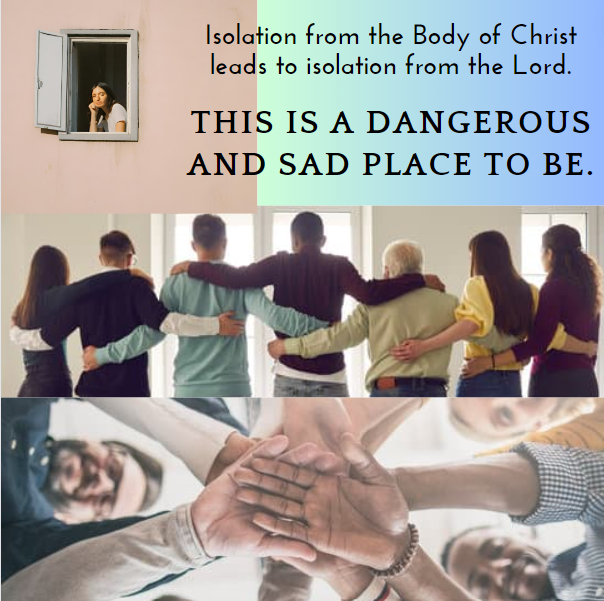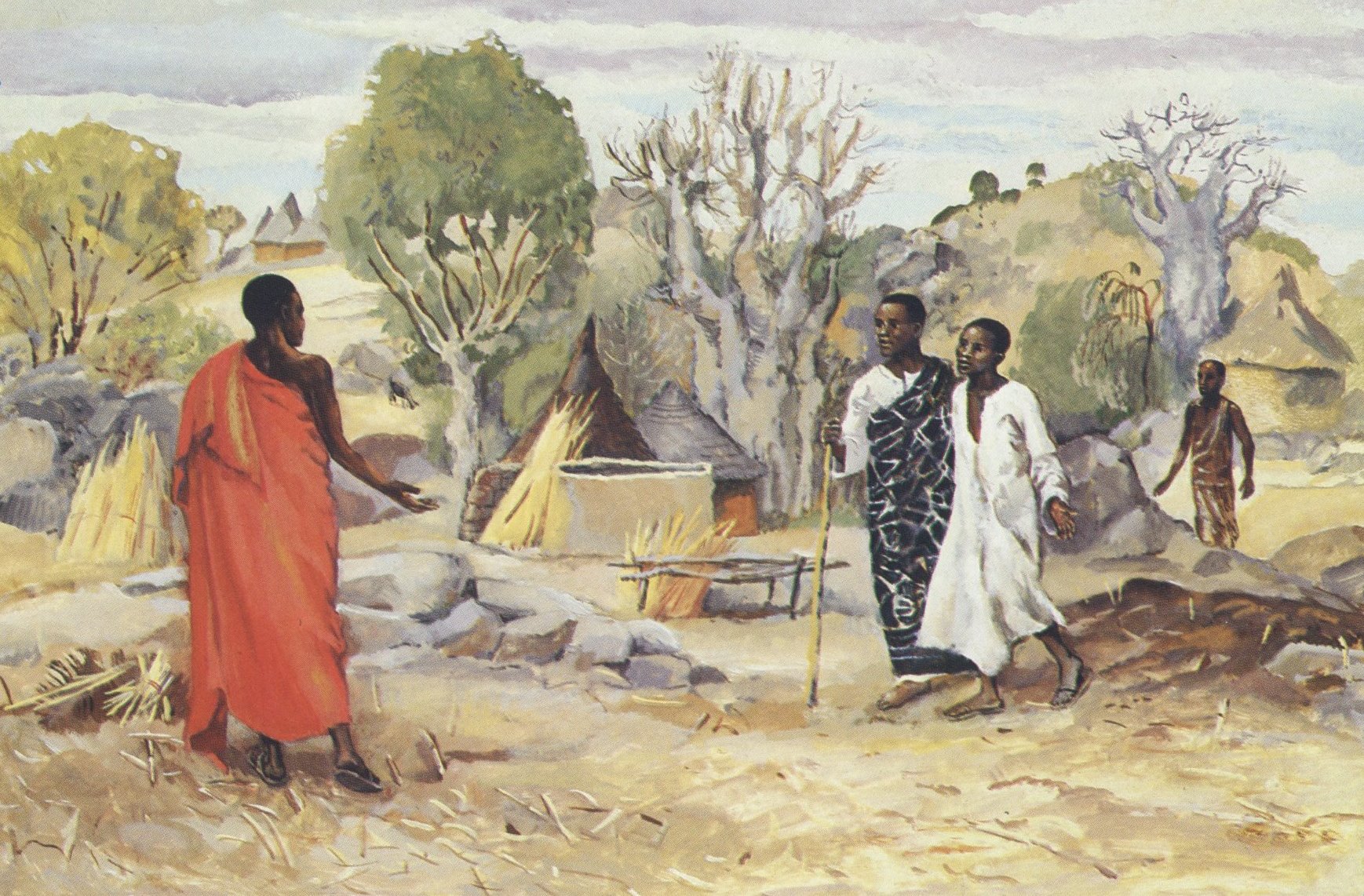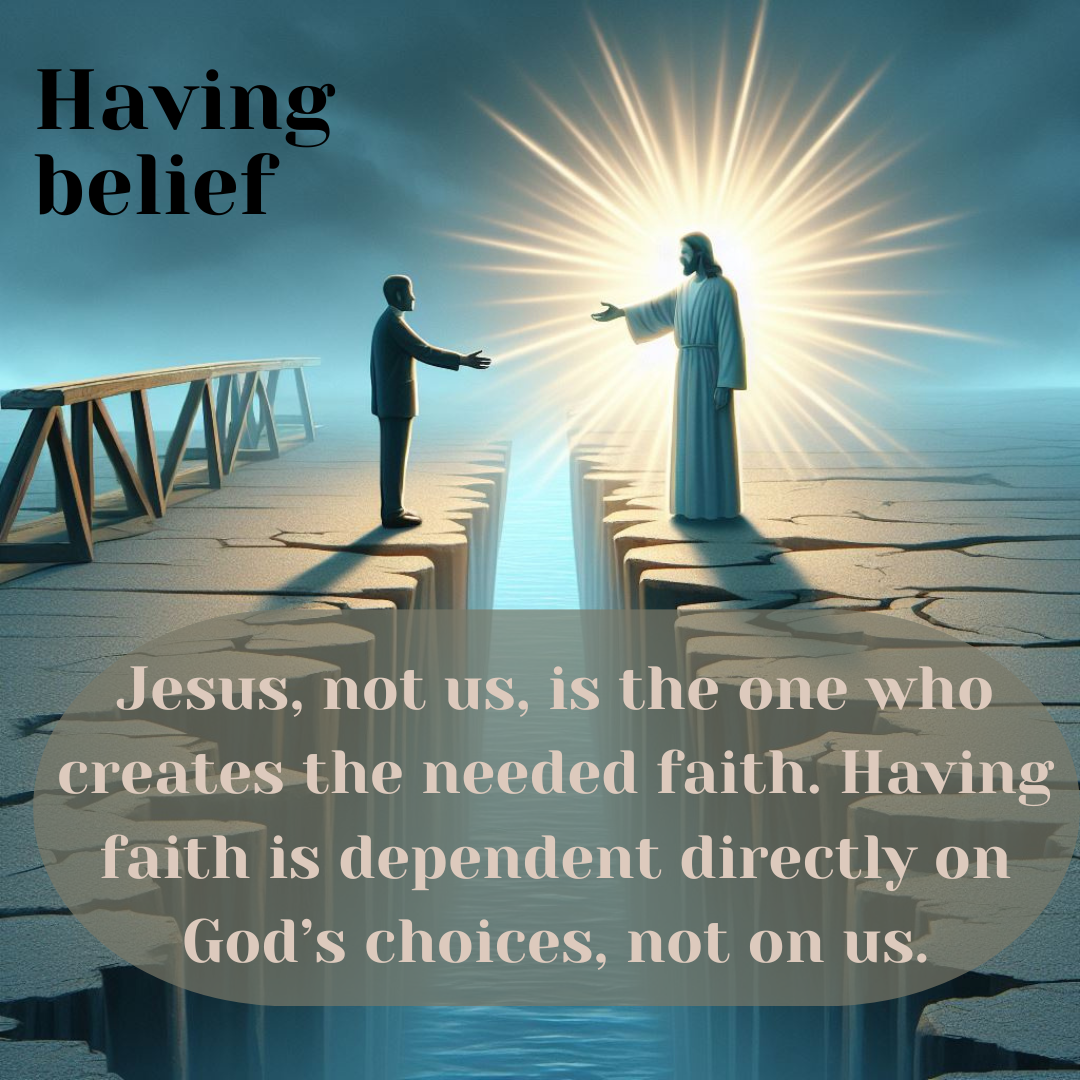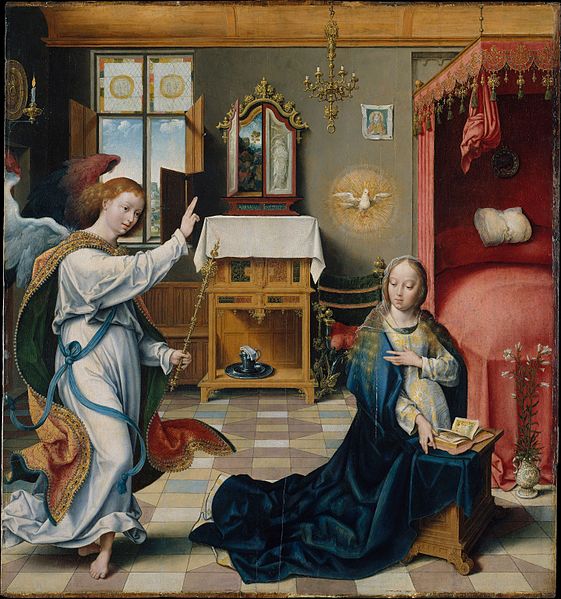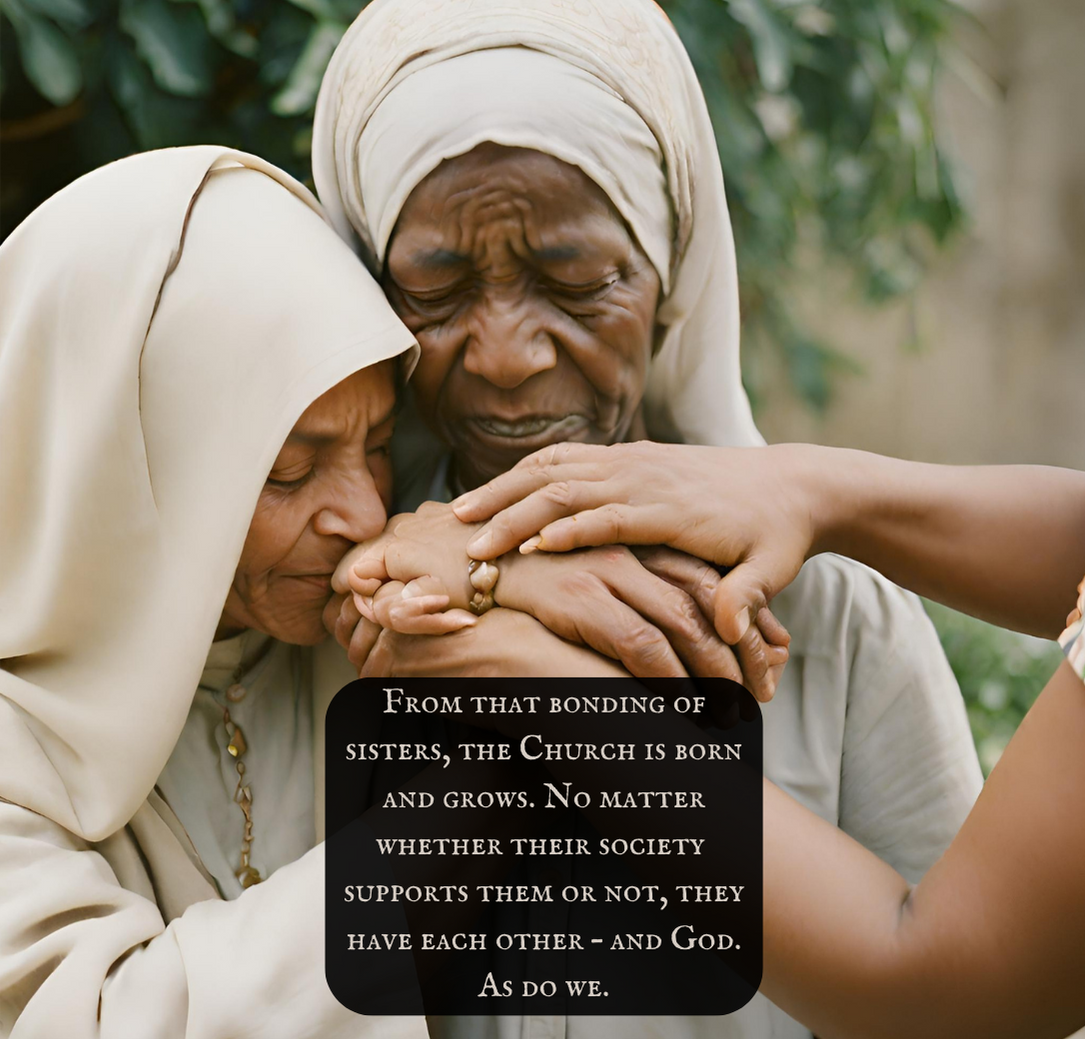The Second Sunday of Easter, Year B
SHOWING UP – IT’S ESSENTIAL
John 20:19-31
The Second Sunday of Easter
Analysis by Glenn L. Monson
19When it was evening on that day, the first day of the week, and the doors of the house where the disciples had met were locked for fear of the Jews, Jesus came and stood among them and said, “Peace be with you.” 20After he said this, he showed them his hands and his side. Then the disciples rejoiced when they saw the Lord. 21Jesus said to them again, “Peace be with you. As the Father has sent me, so I send you.” 22When he had said this, he breathed on them and said to them, “Receive the Holy Spirit. 23If you forgive the sins of any, they are forgiven them; if you retain the sins of any, they are retained.”
24But Thomas (who was called the Twin), one of the twelve, was not with them when Jesus came. 25So the other disciples told him, “We have seen the Lord.” But he said to them, “Unless I see the mark of the nails in his hands, and put my finger in the mark of the nails and my hand in his side, I will not believe.”
26A week later his disciples were again in the house, and Thomas was with them. Although the doors were shut, Jesus came and stood among them and said, “Peace be with you.” 27Then he said to Thomas, “Put your finger here and see my hands. Reach out your hand and put it in my side. Do not doubt but believe.” 28Thomas answered him, “My Lord and my God!” 29Jesus said to him, “Have you believed because you have seen me? Blessed are those who have not seen and yet have come to believe.”
30Now Jesus did many other signs in the presence of his disciples, which are not written in this book. 31But these are written so that you may come to believe that Jesus is the Messiah, the Son of God, and that through believing you may have life in his name.
“His death on the Cross breaks down the isolation between us and God and provides the way to life in his name.”
DIAGNOSIS: The Cost of Not Showing Up
Step 1: Initial Diagnosis (External Problem): Isolated and Afraid
Today we hear a lot about isolation. Loneliness is endemic. Coming out of the COVID pandemic, people are reportedly more isolated than ever. An article in the New York Times even suggested we need a “loneliness pill.” Whatever was happening in Jerusalem following the events of the Lord’s death and resurrection, it is certain that the disciples were isolated. They were afraid, cowering behind locked doors, probably spouting one conspiracy theory after another, certain of only one thing: “They are out to get us!”
Step 2: Advance Diagnosis (Internal Problem): Stubborn Unbelief
Thomas only adds to the problem. Not only is he a member of this fearful band; He is an absent member. When Jesus shows up, he is nowhere to be found, and when he learns of the sighting of Jesus that his compatriots report, he is dismissive of the whole business. “Unless I see the very print of the nail in his hands and put my hands in his side, I will BY NO MEANS believe he was actually here!”
Step 3: Final Diagnosis (Eternal Problem): A Dangerous Place to Be
Without the inspiration of the Holy Spirit that Jesus gives, without the fellowship that other members of God’s community provide, without the forgiveness that is promised and given to us to extend to one another, we are lost. Isolation from the Body of Christ leads to isolation from the Lord. This is a dangerous and sad place to be.
PROGNOSIS: The Gift of Jesus Showing Up
Step 4: Initial Prognosis: (Eternal Solution): Jesus Shows Up
Jesus shows up! Jesus does the very thing that we cannot do; he shows up, even though we have given him up for dead. His death on the Cross breaks down the isolation between us and God and provides the way to life in his name. He takes our isolation in death and comes to give us his life beyond it – having the marks to prove it. Despite our locked doors, and fearful hearts, Jesus shows up, crucified and risen, with nail holes and gaping side yet plain for all to see. We are given a glimpse of the Crucified One, simply by being present with God’s people. How good it is!
Step 5: Advanced Prognosis: (Internal Solution): Faith Rekindled
Seeing Jesus in our midst we cry out with other doubter/believers, “My Lord and My God!” It turns out that our dismissal of Jesus’ risen self does not keep him from coming to us, and seeing this, we cannot but help confess our faith. We have come to believe that Jesus truly is the Messiah, and we are given life in his name.
Step 6: Final Prognosis: (External Solution): Peace Shared
Jesus grants us his peace, his shalom, his wholeness, and then he says, “As the Father has sent me, so I send you.” He sends us out to announce the forgiveness of sins to all people, and to live into that forgiveness ourselves. We become ambassadors of Christ’s peace, saying again and again to one another, and to the world, “Peace be with you.” By our witness the world knows Jesus, believes, and receives life in his name.
